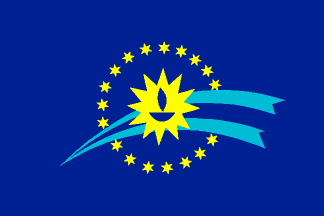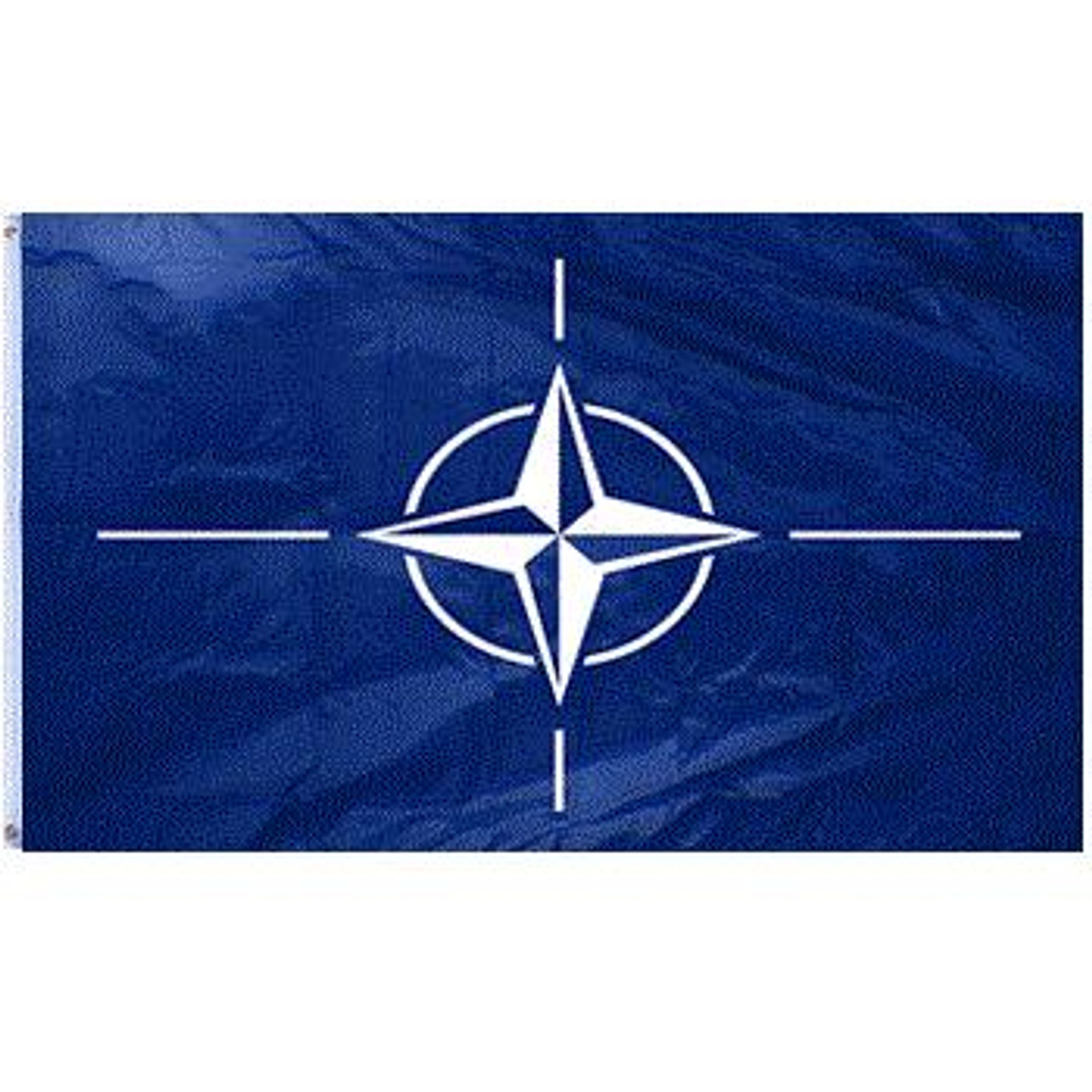I recently did a review of national and subnational flags with respect to the stars on them. I figure I should not waste that effort, so I’m sharing some of the results.
I looked at two things: 1) number of stars and 2) how many points the stars had.
Lots of flags had one through five stars. I’m afraid I’m not feeling energetic enough to actually count the number of flags in each category. The only thing interesting about this is that there were more with five than with three or four. Not sure why five was a prefered number, although there are a number of southern hemisphere flags with the Southern Cross. I think there were more 5-star Crosses than 4-star ones.
All the counts up through 27 were represented by at least one flag. Brazil was the one with 27 stars. 29, 20, 33, 34, 38 were also represented by at least one flag. The flag with the most stars was that of Missouri which has 61. Next highest is 50, the US flag, of course, but also that of Leyte (province in the Philippines).

If you look closely at the seal, you’ll see a circle around the cross. That circle is made up of 50 stars. (You can get a better view of it at the Wikipedia image) BTW, subnational flags that just have the state or provincial seal on a plain background are quite common. US states are not unusual for having so many of them.
Five pointed stars were so common, I didn’t even record which flags had them, much less count them.
There were no three pointed stars among the national-subantional flags, although a google search turned up a yacht club with a three-pointed star on its flag.
There were four flags with four-pointed flags: Aruba, Baikonur (Kazakhstan), Khovd (Mongolia), Catanduanes (Philippines).
Six pointed stars were fairly common. Among national flags, only Israel and Burundi have them, but they were much more common among subnational flags.
Seven-pointed stars are found on Australia’s flag as well as three Australian subnationals. Also Southern Savonia (Finland) has a 7-pointed star on its flag.
Azerbaijan’s flag has an eight-pointed star, as does the new Minnesota flag. Seven other subnational flags also have eight-pointed stars.
Sarawak (Malaysia) and Herzegovina-Neretva Canton (B&H) have nine-pointed stars on their flags. The only ten-pointed star I found was on that of District of Somió (Asturias, Spain), which is a sub-subnational unit.
Puntarenas (Costa Rica) has the only 11-pointed star; Nauru, Cordillera (Paraguay), Durazno (Uruguay) have twelve pointed stars. Durazno’s flag also has 18 6-pointed stars.
The star with the most points is on Marshall Islands’ flag with 24; runner up is Indonesia’s with a 14-pointed star.



